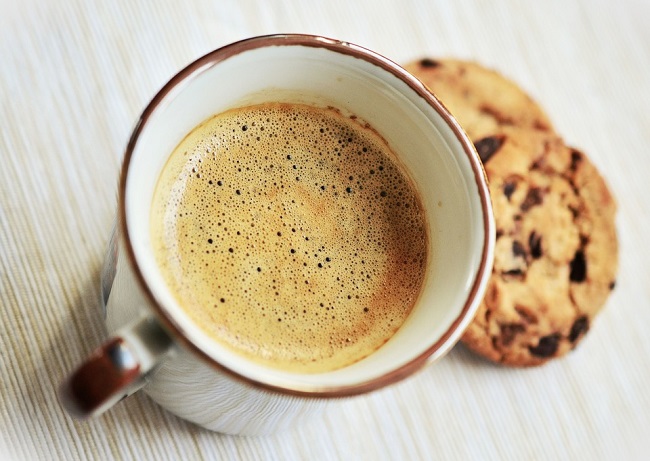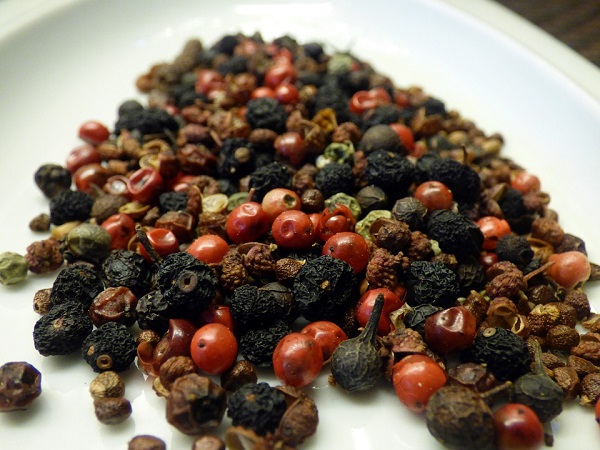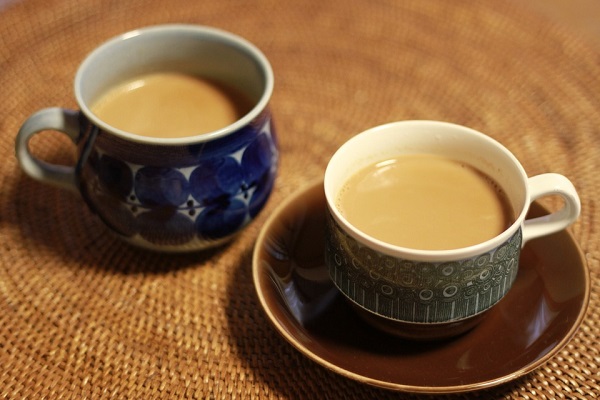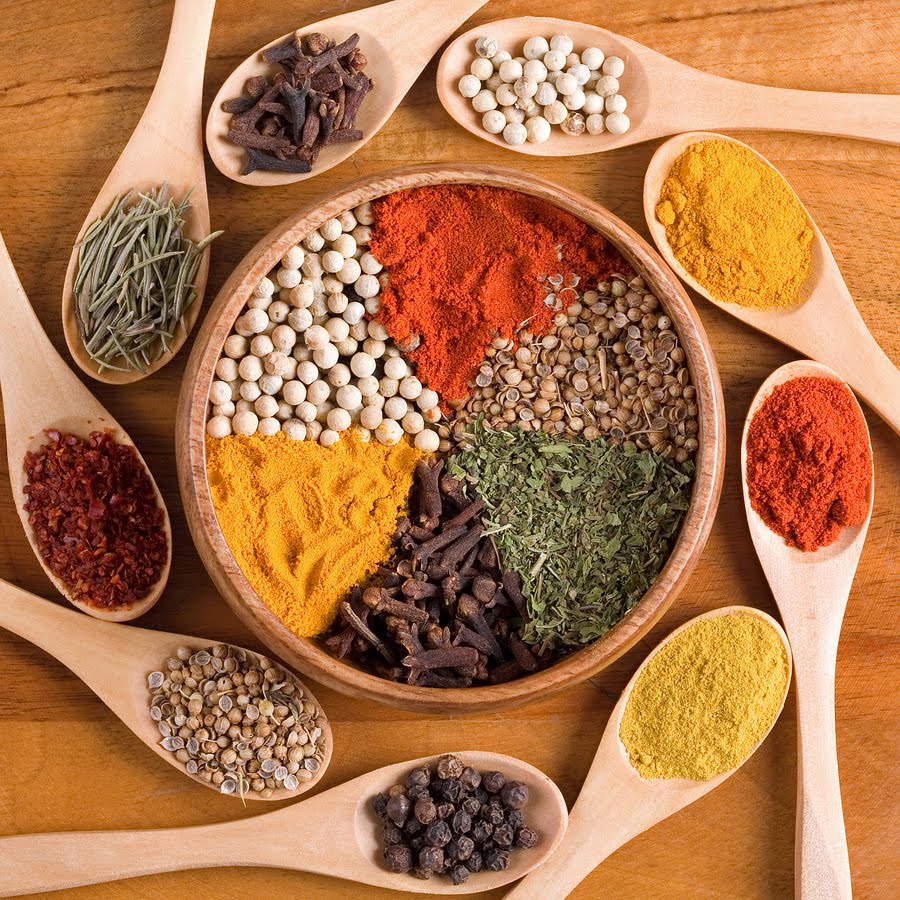There are many ways to add flavour to your brewed coffee, and freshly ground spices are one of the healthiest ways to enhance a cup of java. If you are tired of the usual sugar and milk combination that you always stick to, try one of these spicy blends the next time you put a pot of coffee on the machine.

For best results, use good quality ground coffee in a plunger or a machine. Grind your selected whole spices just before you start making the coffee, then add them to the ground coffee and make as usual. This will allow the spices to infuse into the coffee as it percolates, which in turn will ensure full flavour and aroma.
Best Whole Spices to Add to Your Coffee
Depending on your mood and taste preferences, you could choose to add any of the following whole spices to your coffee…
- Cardamom. This exotic spice is frequently used for coffee in the Middle East. Commonly used in Ayurvedic medicine, it is said to help neutralise the stimulating effects of caffeine. It also adds a delicious dose of flavour. Grind a few whole cardamom seeds and then sprinkle the powder into your coffee before brewing.
- Salt. As strange as it sounds, many believe that salt helps to balance the bitterness of strong coffee. Of course, a good quality coffee that is made properly won’t be bitter, but freshly ground salt can maximise the flavour of coffee. It is said to be especially effective in cold coffee.
- Cinnamon. Warm, delicious and full of flavour, cinnamon has plenty of health benefits, too. Try breaking up a stick and placing small chunks of bark into your spice grinder. You can then grind the bark directly over your ground coffee before brewing.
- Cocoa or Cacao Nibs. For a dose of healthy chocolate goodness, try grinding cocoa or cacao nibs over your coffee before brewing. While not quite a spice, this raw chocolate makes an excellent addition to your coffee. Dried, fermented cocoa or cacao beans are crunchy with a nutty, less creamy flavour compared to dark chocolate. The nibs have many health benefits, and do not contain added sugars and preservatives.
- Nutmeg. You can grate nutmeg directly over your coffee before roasting for depth and earthy sweetness, or prepare grated nutmeg in advance and grind the grated pieces after they have dried out. The warm smell of this spice makes it amazing, while the taste is sure to add an extra something to your favourite coffee blends.
- Moroccan Blend. Cinnamon, black peppercorns, ginger, nutmeg, green cardamom and clove are used in a traditional Moroccan spice blend made especially for coffee. Prepare the spices by grinding before you start the coffee, or make a slightly large amount to have on hand.
Make sure that you have a selection of good quality spice grinders to grind and store your favourite spices. This will make it easier to prepare your own custom coffee blends using whichever whole spices suit your current mood.




